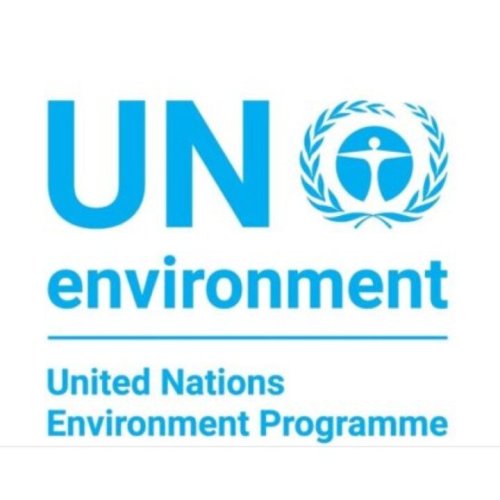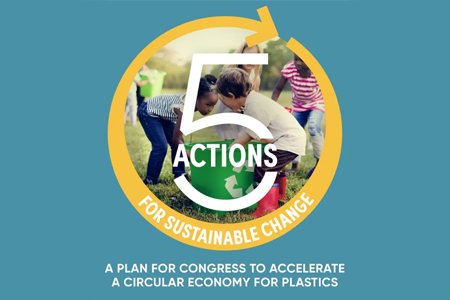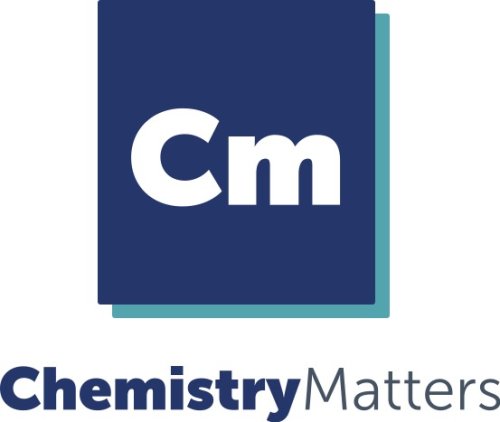A predictable attack.
In the weeks since the UNEA-5 resolution on a treaty to end plastic pollution, there has been the predictable flood of PR messaging from the industry coopting the terminology of the resolution (e.g. sustainability) and pushing their agenda (‘advanced recycling’) as the solution. The big tell around the industry approach to owning the frame of the conversation was this piece of spin put out just days after the release of the draft resolution by Joshua Baca, Vice President of the Plastics Division of the American Chemistry Council. The narrative that he proposes around ‘advanced recycling’ and the continued offloading of responsibility for plastic pollution onto consumers is being pushed on social media by ACC front groups such as Chemistry Matters and America’s Plastic Makers.
An ACC March 4, 2022 press release titled “UNEA Takes Big Step Toward Global Plastics Treaty _U.S. Can Set Tone by Passing 5 Actions”, authored by Baca, lays out an industry propaganda roadmap anchored by 5 lies:
- use of 30% recycled plastics in plastic packaging in the U.S. by 2030;
- given the track record of over 40 years of plastics recycling, and the current low rate (and falling) of actually recycled plastic, this target lacks credibility -especially when considering the industry’s ambitions goals of increasing virgin plastic production by 200% by 2040. The math does not work.
- accelerating advanced technologies to recycle more of the 90% of plastics that don’t get recycled;
- There is no evidence that advanced recycling technologies are anything more than an industry fig leaf, and “recycle more of the 90% of plastics that don’t get recycled” is more of a confession of guilt than a target for improvement.
- national recycling standards to collect more materials;
- The vast majority of plastics materials collected in current recycling programs are not recycled, but are incinerated or buried in landfills. Recycling is fundamentally broken, and arguably was never designed to solve the problem of plastics industry waste pollution, but to provide a cover for the industry at the taxpayer’s expense.
- use of scientific life cycle analyses to compare the environmental footprint of materials; and
- What does this even mean? It would appear that the ACC is proposing a pseudo-scientific distraction away from the industry’s enormous pollution footprint.
- a mechanism to finance a modern recycling infrastructure.
- This is clearly just another attempt to offload responsibility for industrial pollution on to society and to distract away from the solution that will actually get results: making the industry pay to clean up its own pollution.
None of the “5 Actions” are actually actions. None has measurable goals, all are base on false pretenses, and all are meant to distract and deflect responsibility for pollution away from the industry. These 5 bullet points should be considered propaganda, and should be dealt with appropriately: not as serious proposals, but as roadmap of disinformation and disruption for the plastics public relations network around the American Chemistry Council


